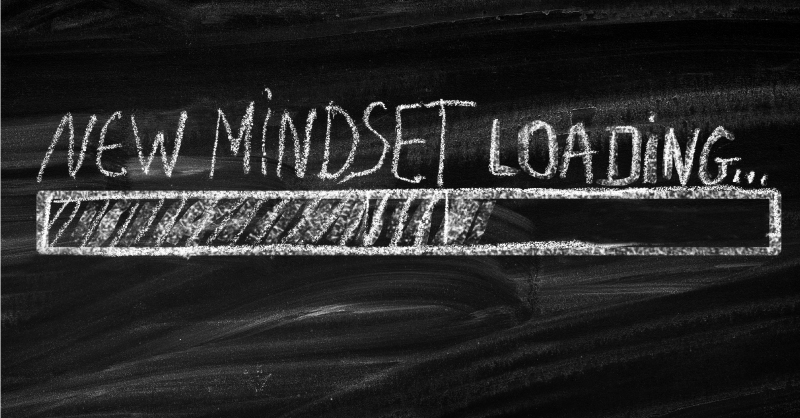Enrollment is up, enrollment is down
The National Student Clearinghouse Research Center report shows the steepest decline among undergraduates since the pandemic began. Data reflecting enrollments through March 25, 2021 indicates that undergraduate attendance fell 5.9 percent and overall enrollment this semester is down 4.2 percent from a year ago. Native American students — a 0.6 percent share of enrollment this spring — declined the most. Although fewer undergraduates are enrolled in college this spring — particularly at community colleges, with an 11.3-percent decline from a year ago — graduate-student enrollment is up 4.4 percent from the previous year. A further breakdown shows that Associate and bachelor’s degree enrollments are down (10.9 percent and 2.2% percent respectively) while master’s are up 5.2 percent and Ph.D. enrollments are up 3.6 percent.
Source: Chronicle of Higher Education
The new normal: lessons learned from a year of forced virtual learning
The COVID public health emergency collided with deeply held beliefs regarding the value of the in-person higher education experience. Now that vaccines are available and schools can plan for the future, institutions should begin with an honest evaluation of what was gained, and what was lost, during this last year. A few important lessons were learned. Online classes help increase participation and flexibility. They help students balance life and education with new hours for work and study and fewer hours of commuting. Online formats also increase the likelihood that students can get the prerequisites that they need without the need to build new buildings. Third, some elements of online courses, such as small group breakouts, instant polls and collaborative editing enrich the learning experience.
Source: Forbes
High school graduation rates hold steady
According to the 2021 U.S. News Best High Schools rankings, high school graduation rates remain consistent from last year. Data collected from 17,618 ranked schools show that high school graduation rates ranged an average of 75% to 94%, similar to last year’s 88% average. Iowa and Kentucky had the highest graduation rates in the country, with each state graduating an average of 94% of its classes in 2019. The lowest average was in Arizona, with the average high school graduation rate of 75% in the 2018-2019 academic year. New Mexico and Washington, D.C. each had an average rate of 76%. While no state had an average high school graduation rate of 100%, some individual schools did. The highest concentration of schools with 100% graduation rate were in Texas, with nearly 300 high schools reporting a 100% graduate rate.
Source: US News & World Report
Students not equipped for online learning
A new EDUCAUSE study highlights one more way that the past year has exposed the divide between the technology-haves and have-nots, according to D. Christopher Brooks, Director of Research for EDUCAUSE. One in 10 college students reported that their primary learning device was not equipped to perform a task required for a course during the previous week. One student commented, “I hate working with this laptop and I can’t afford an alternative, so it has made online learning so stressful and I am extremely behind due to this.” The report has suggestions for institutions to help alleviate these student concerns. For example, college help desks should expand their services and promote them widely and frequently to students. Faculty must assume that some of their students are “under-connected” when it comes to technology, and design their courses accordingly.
Source: EdSurge
